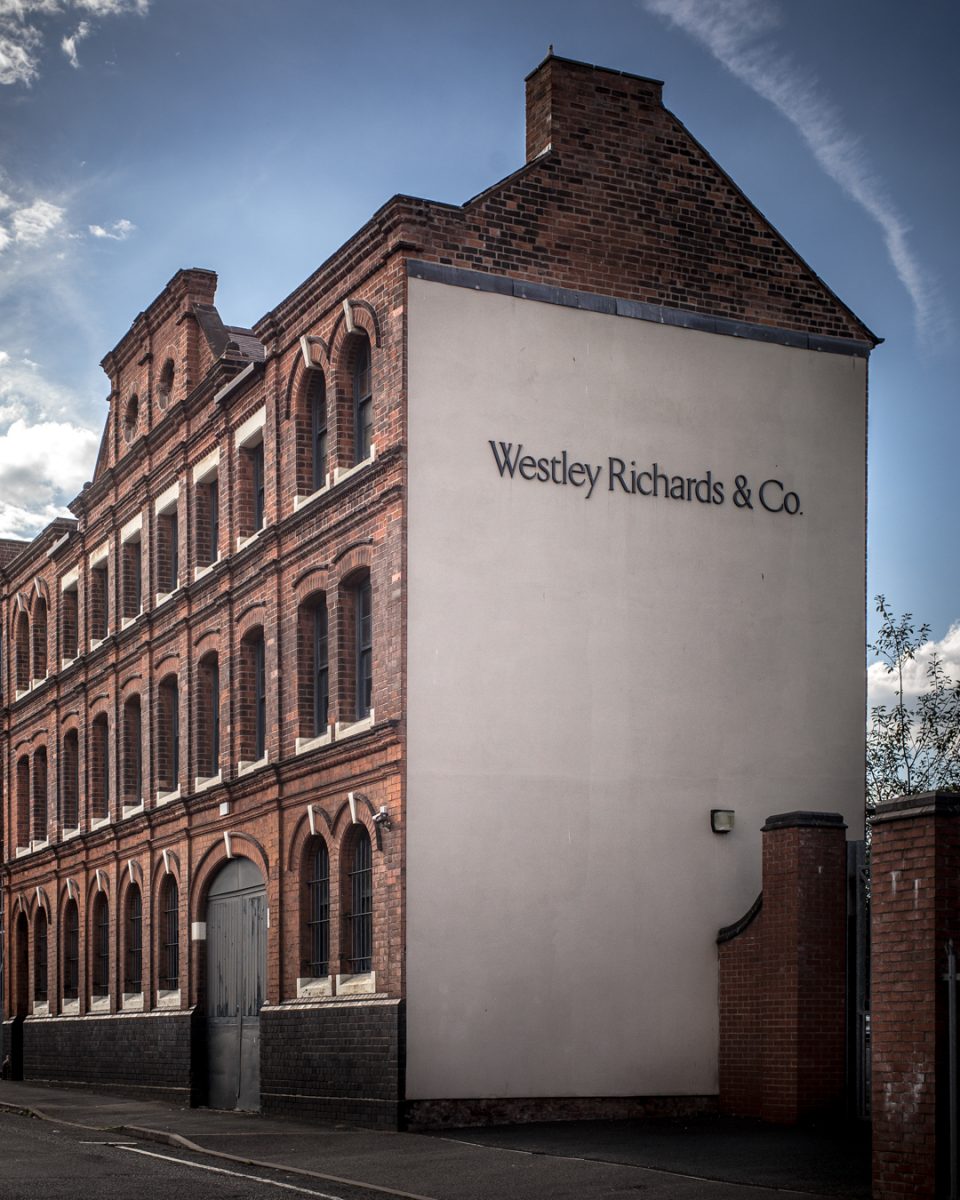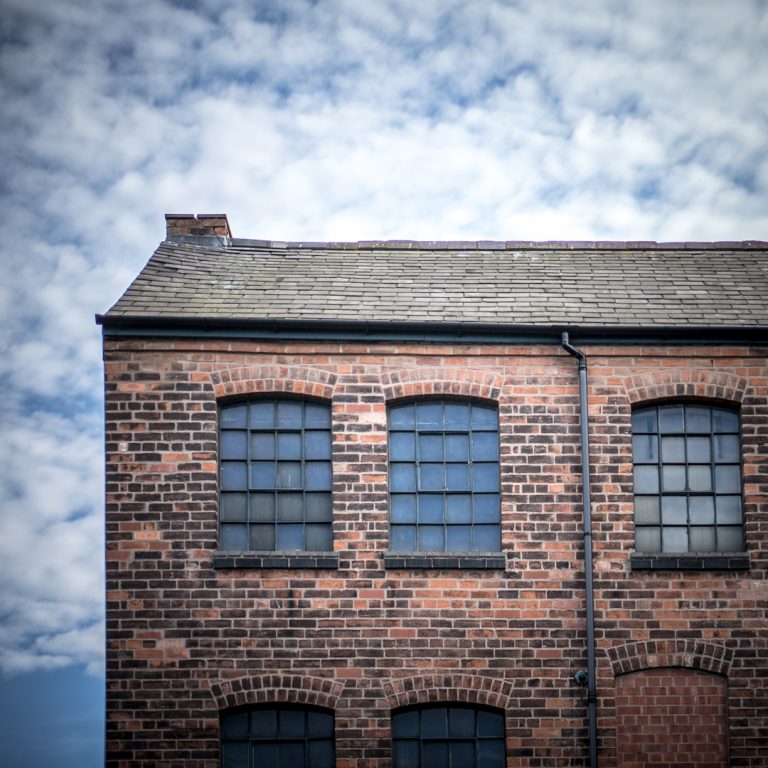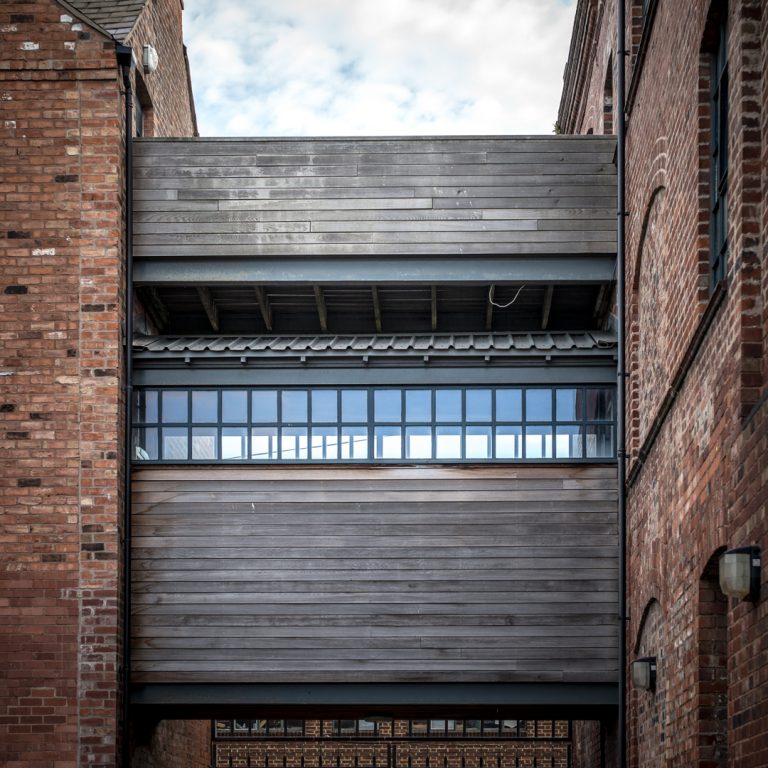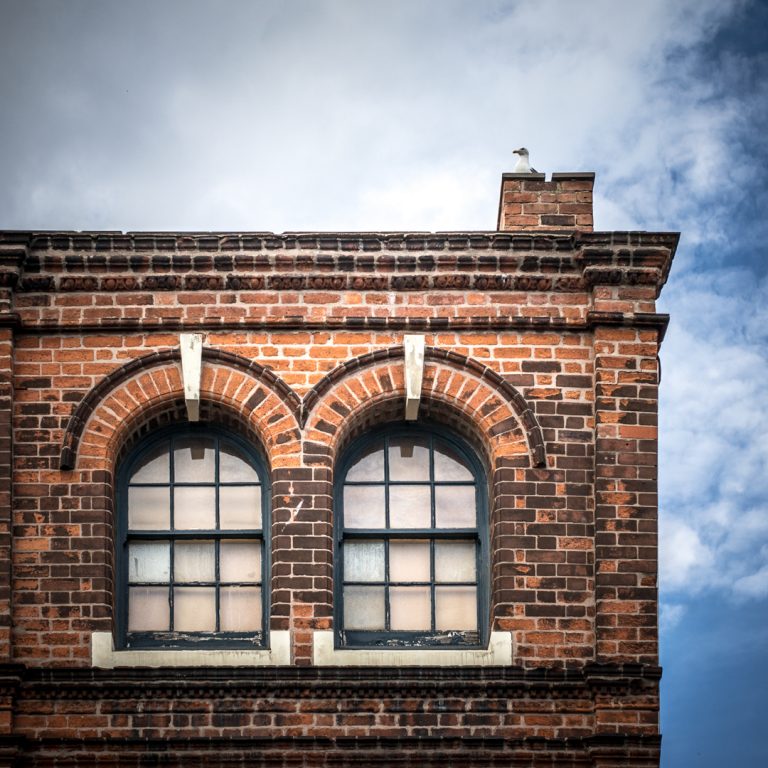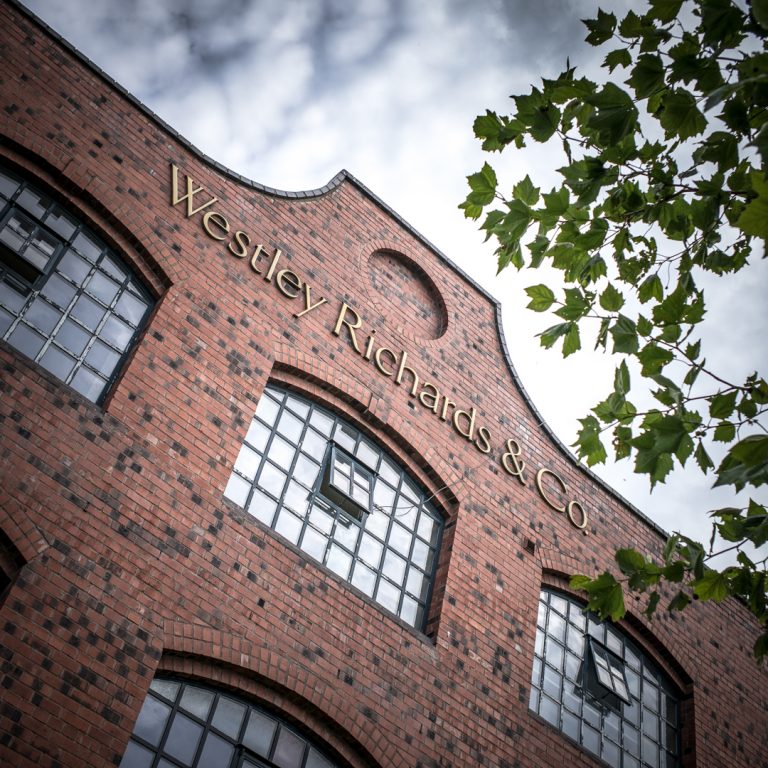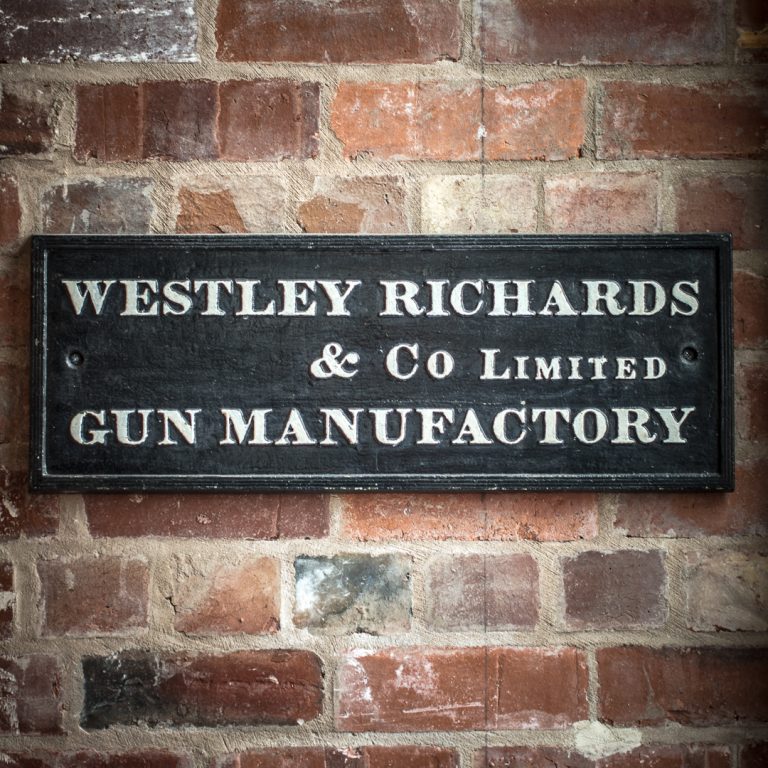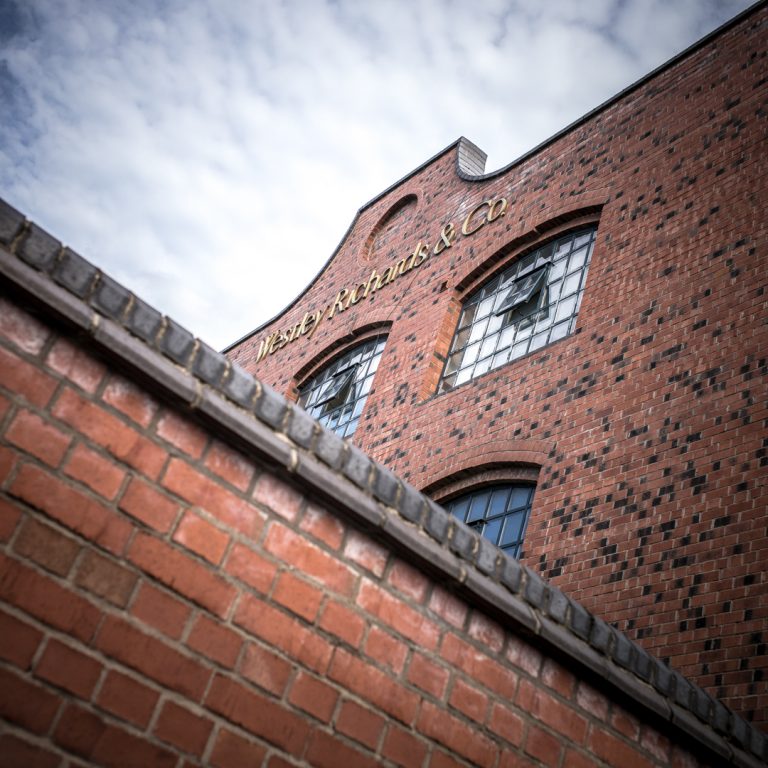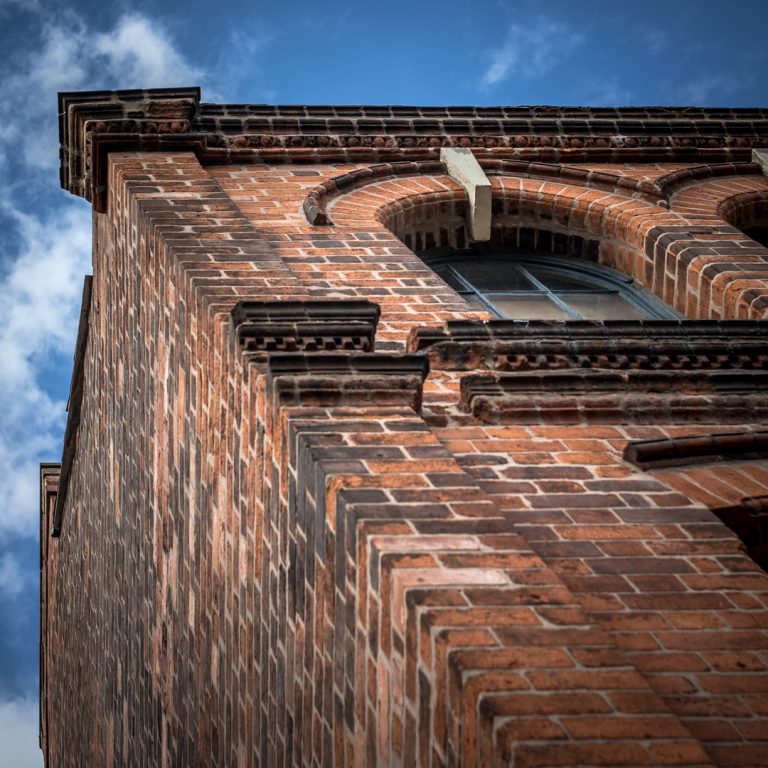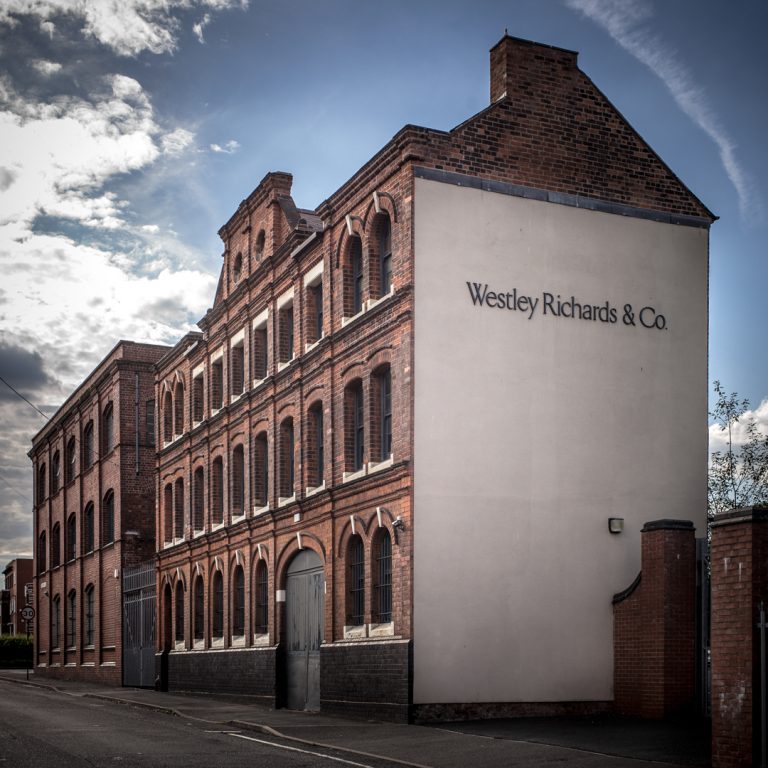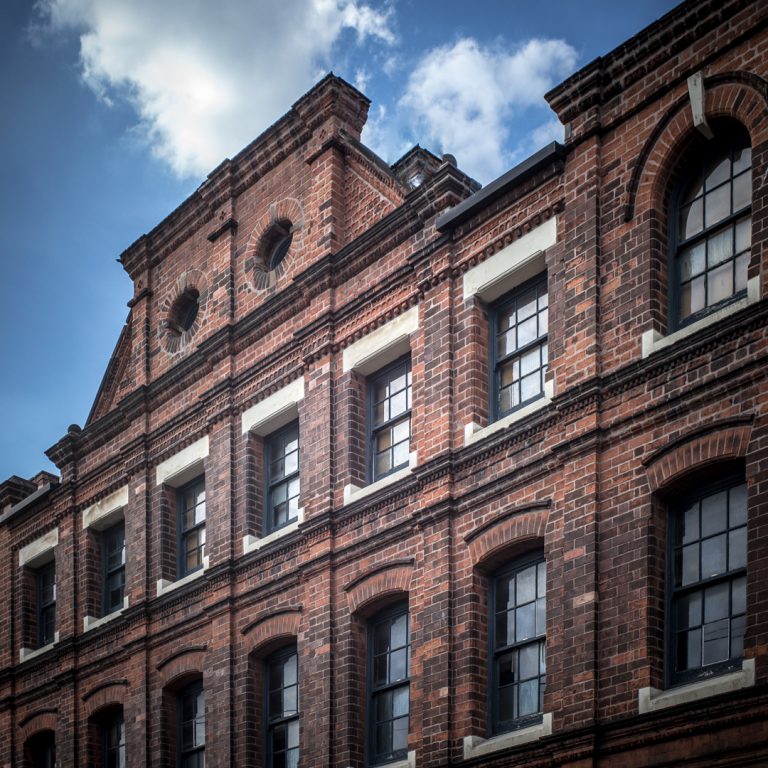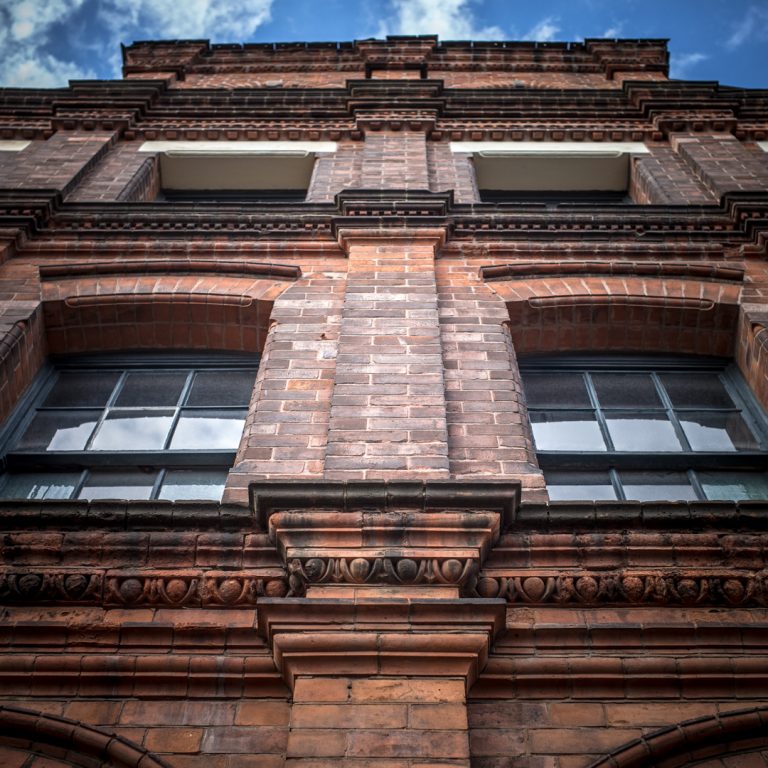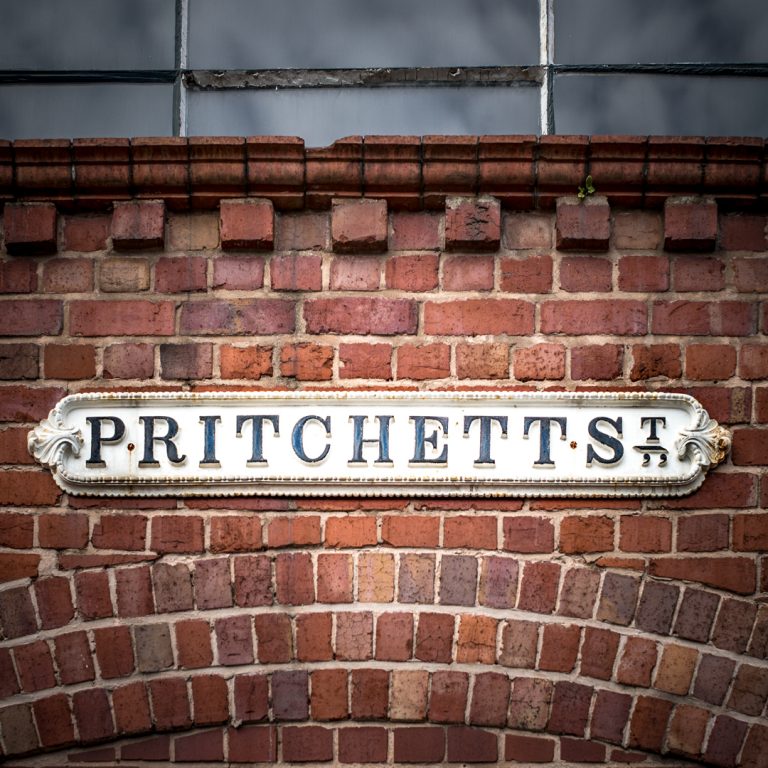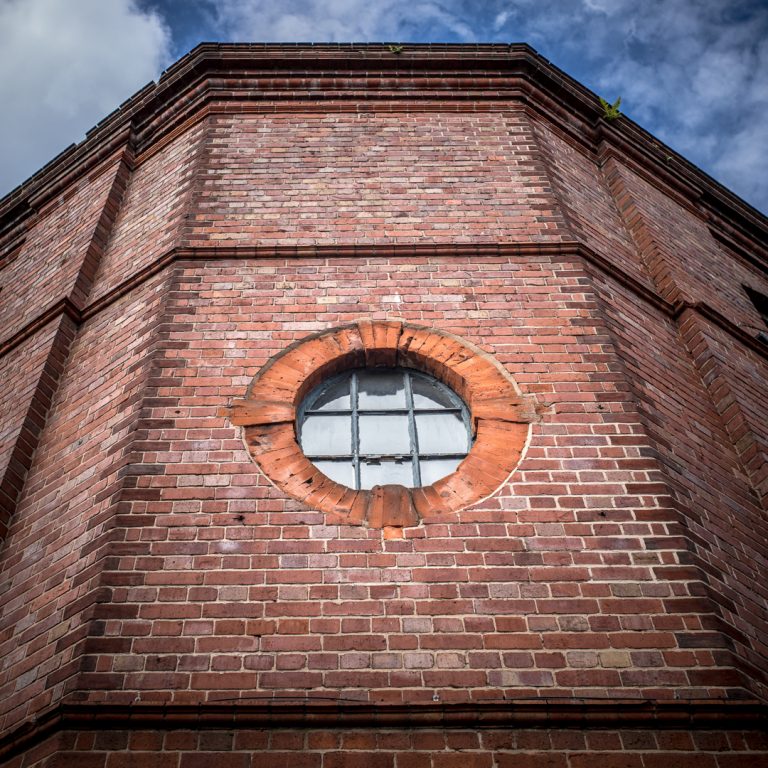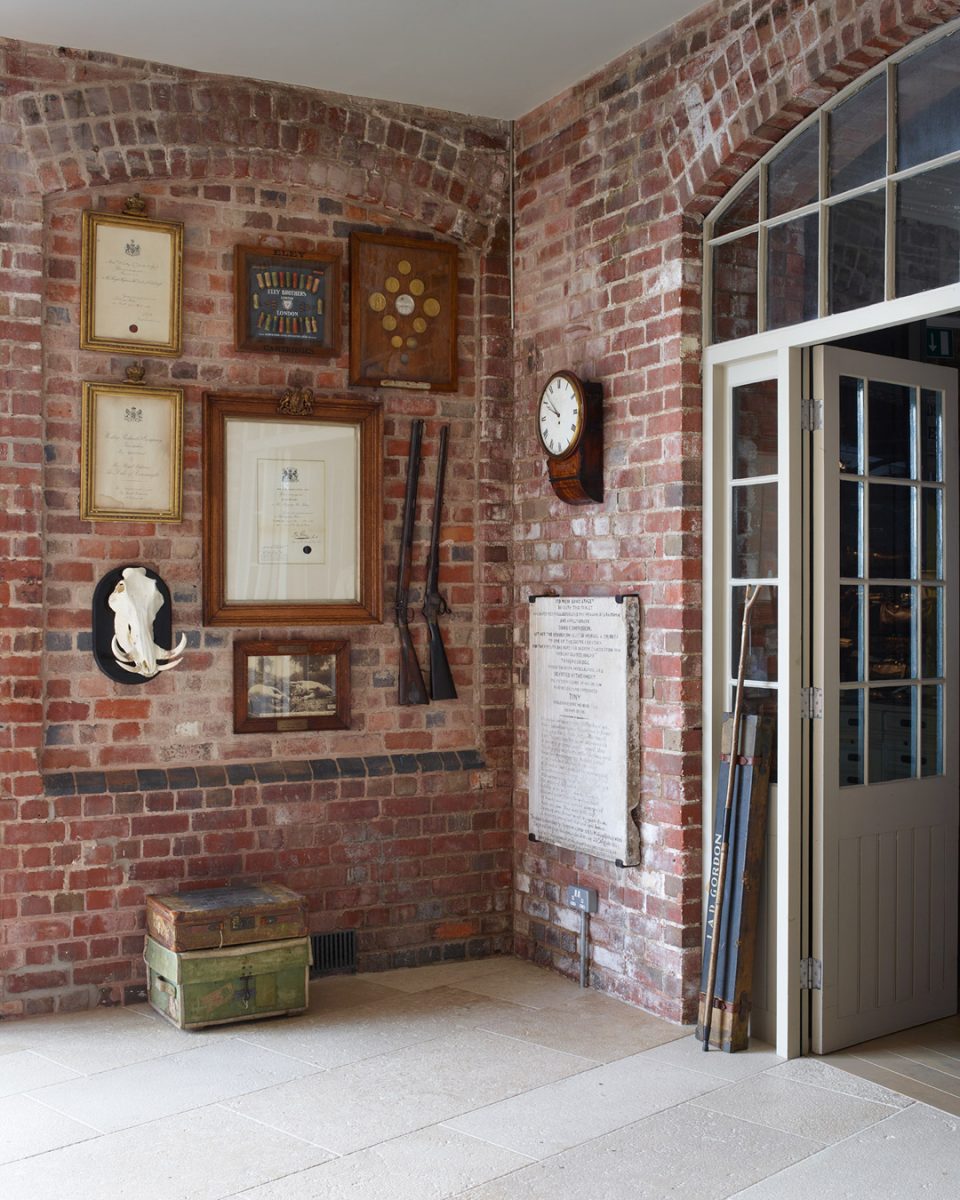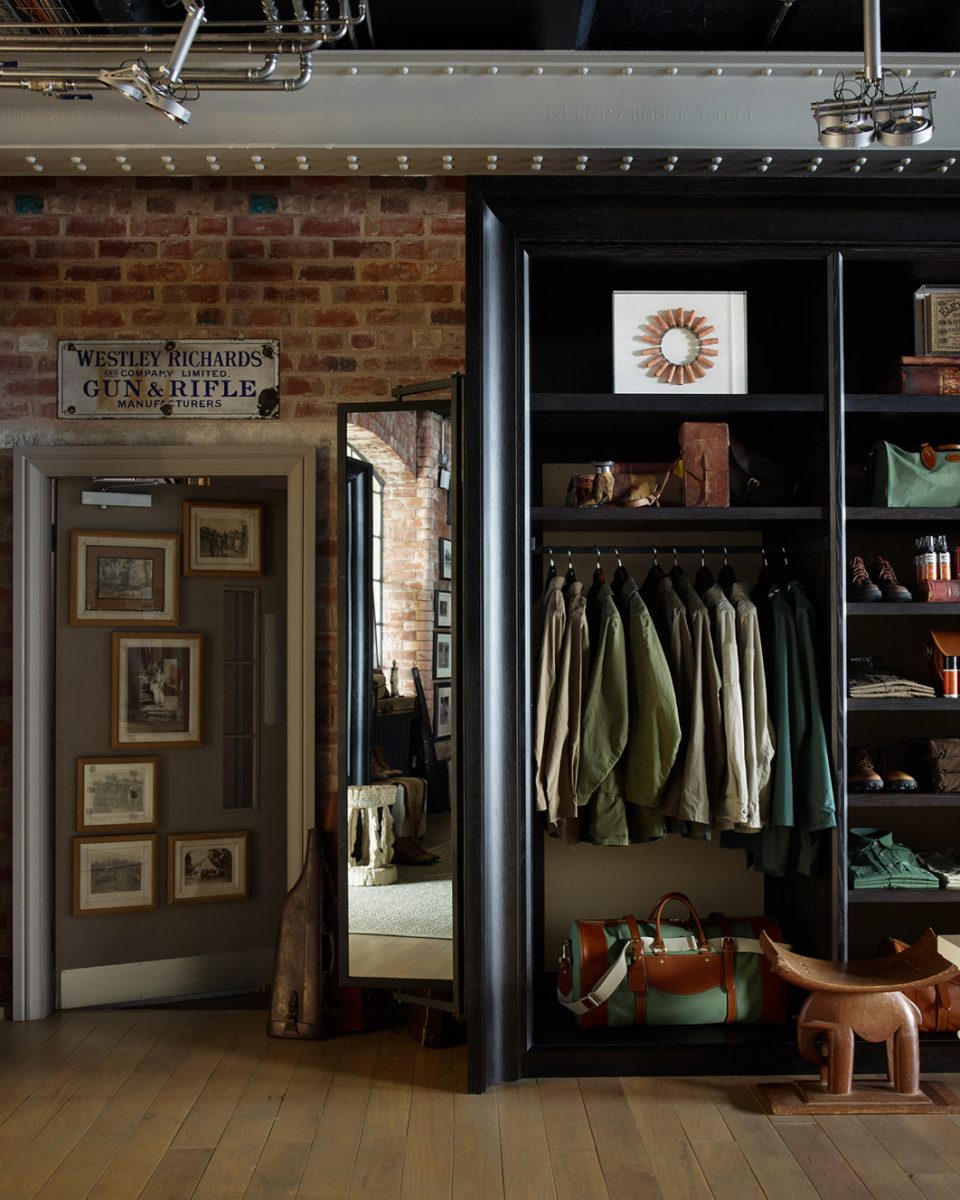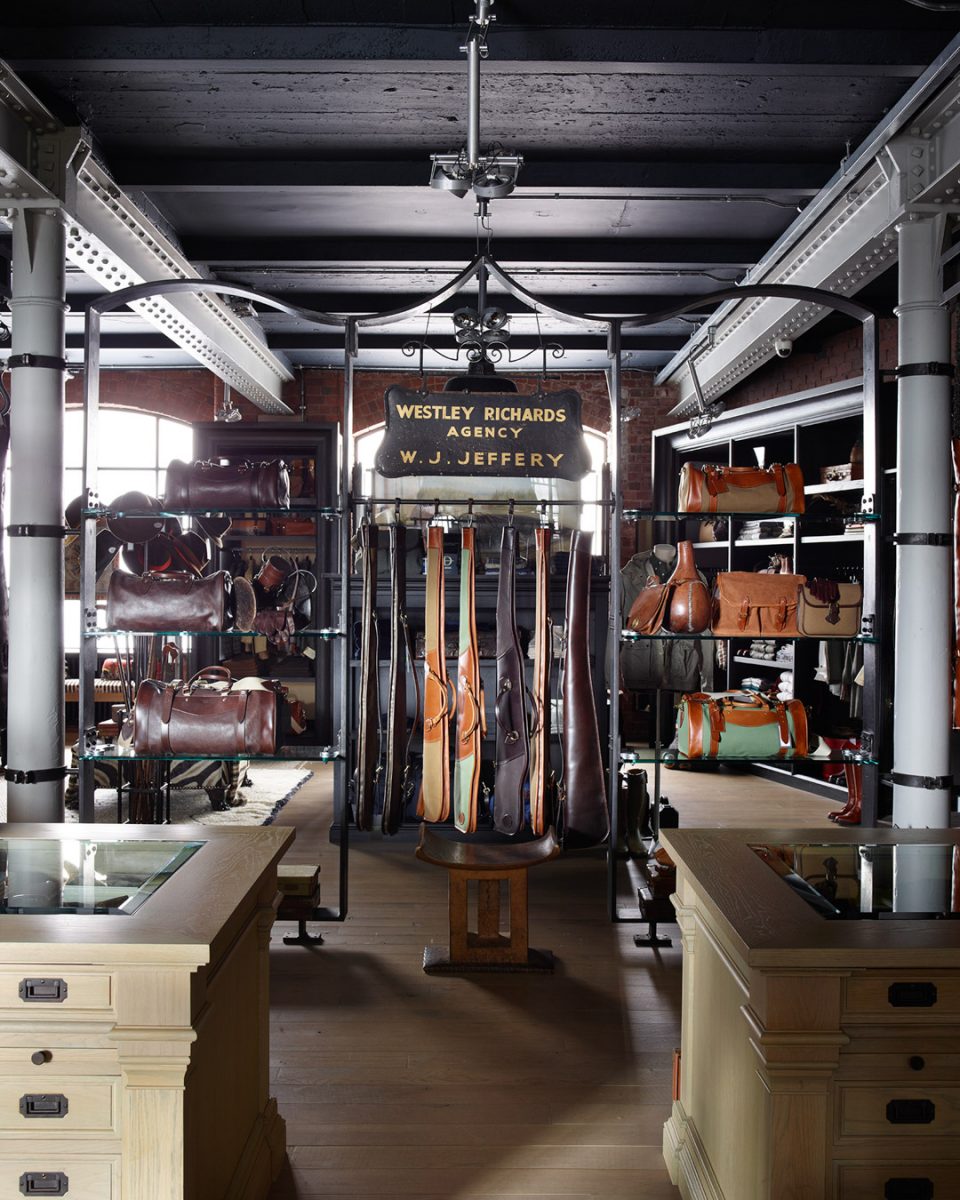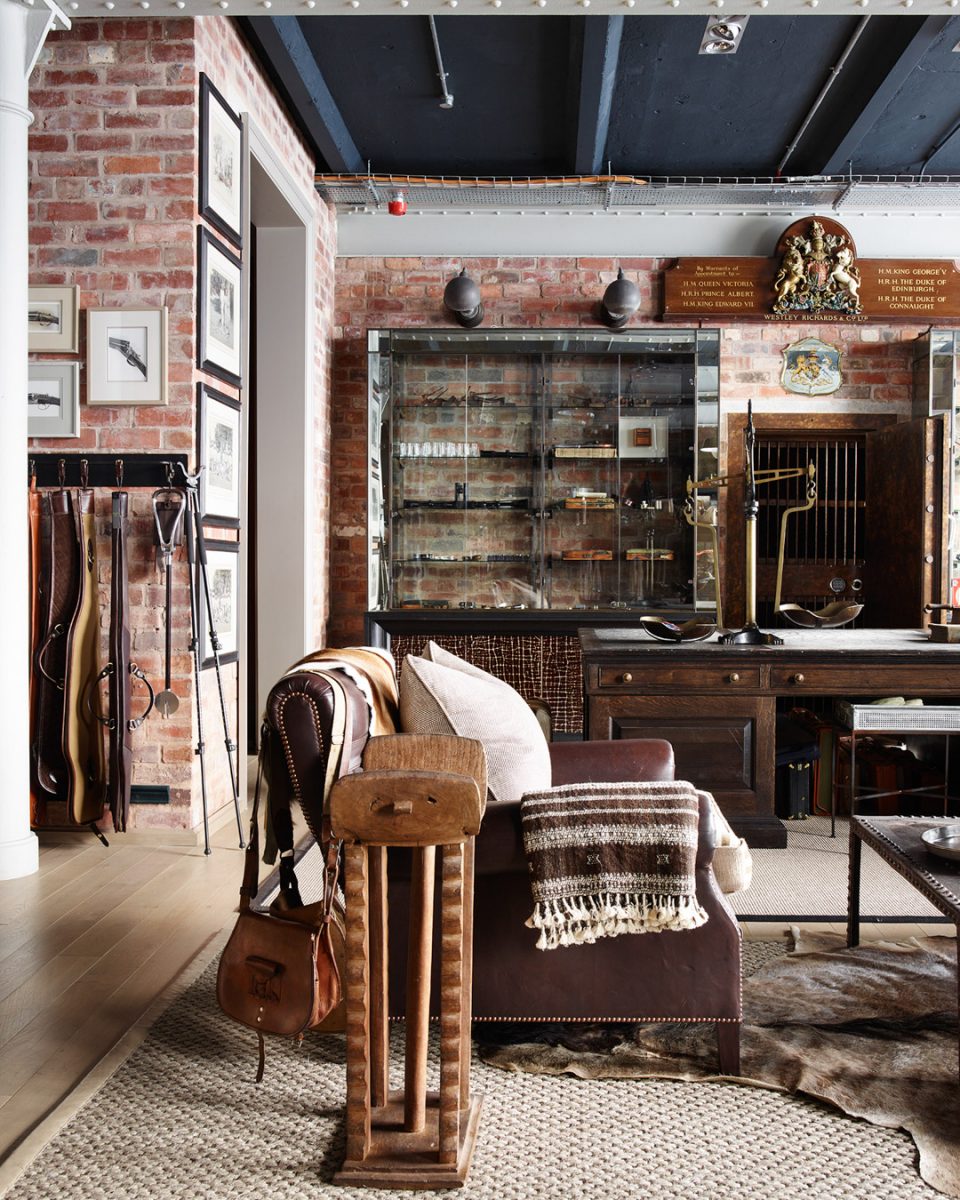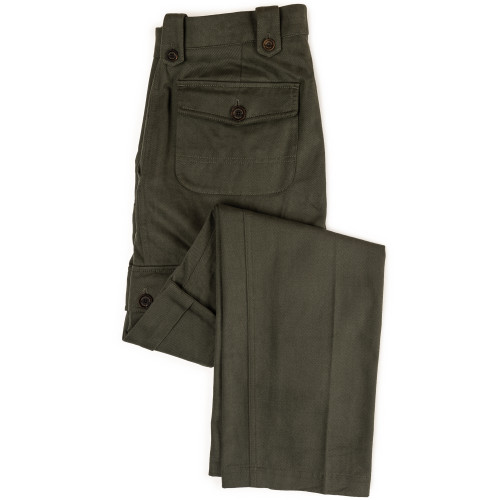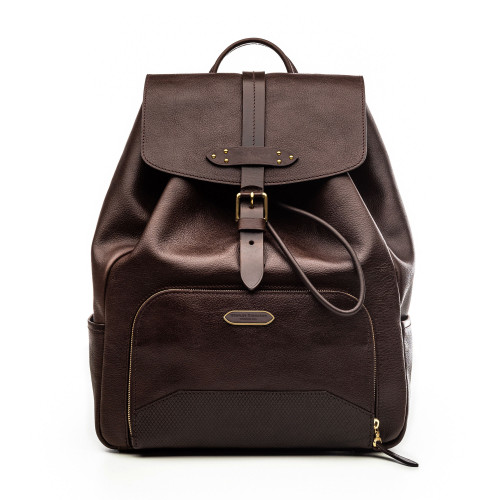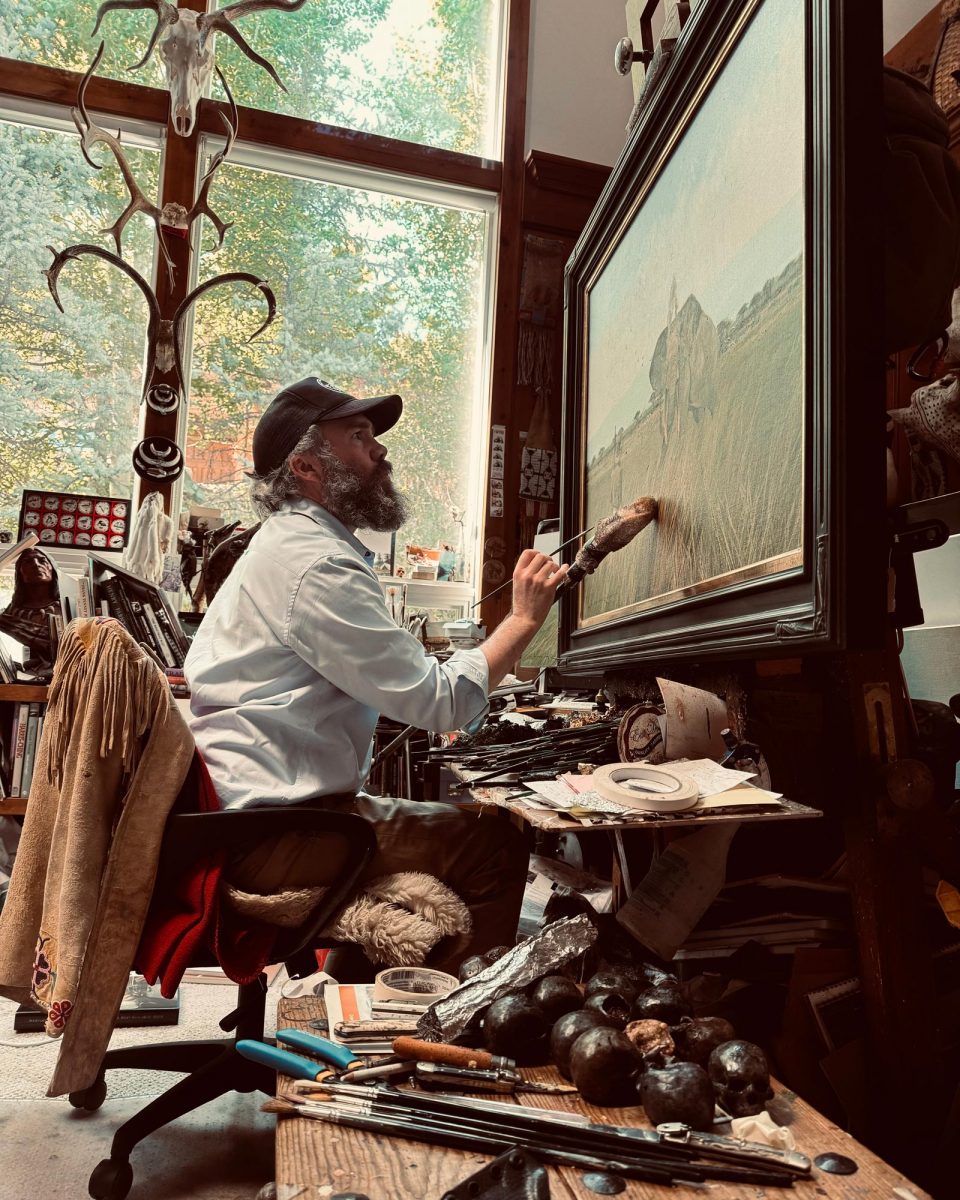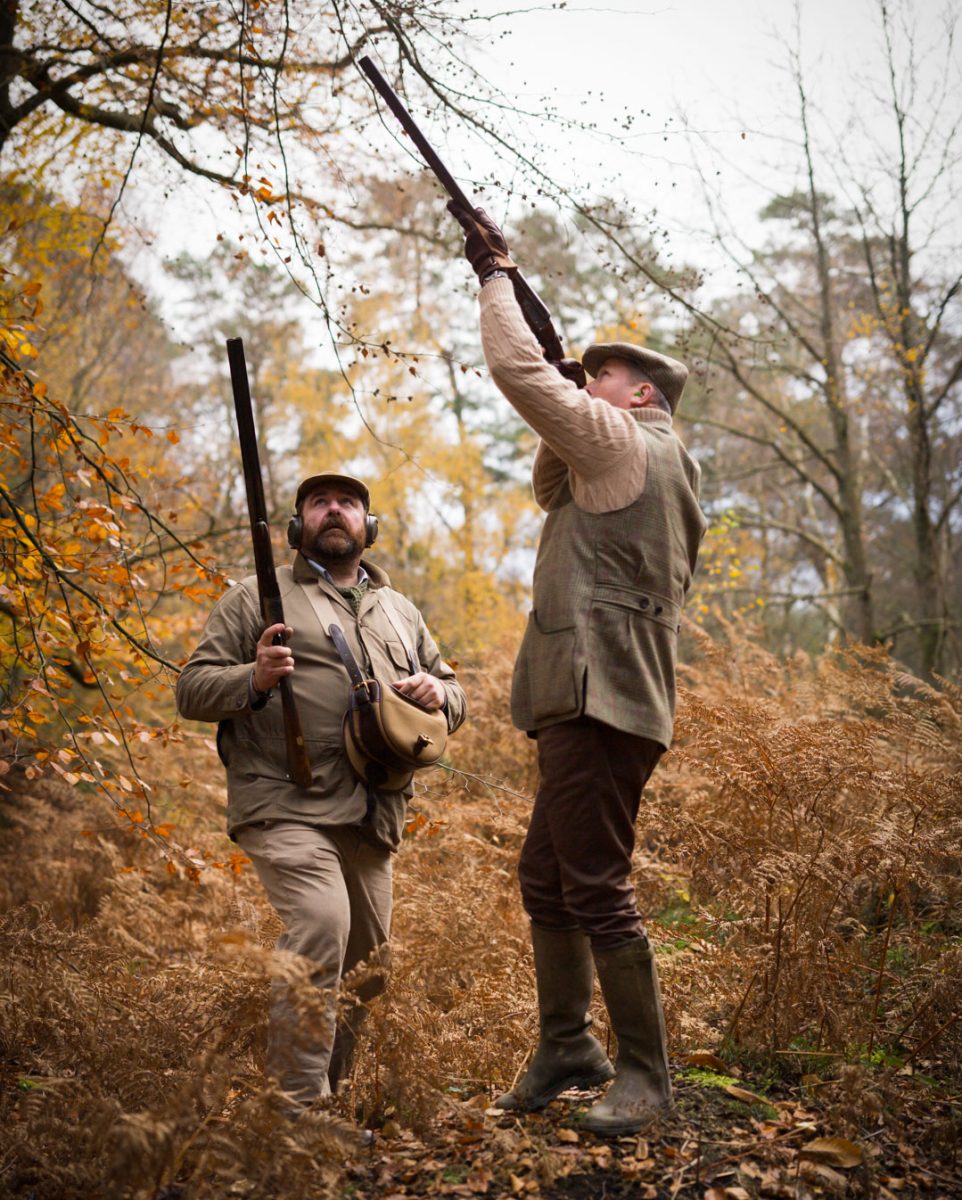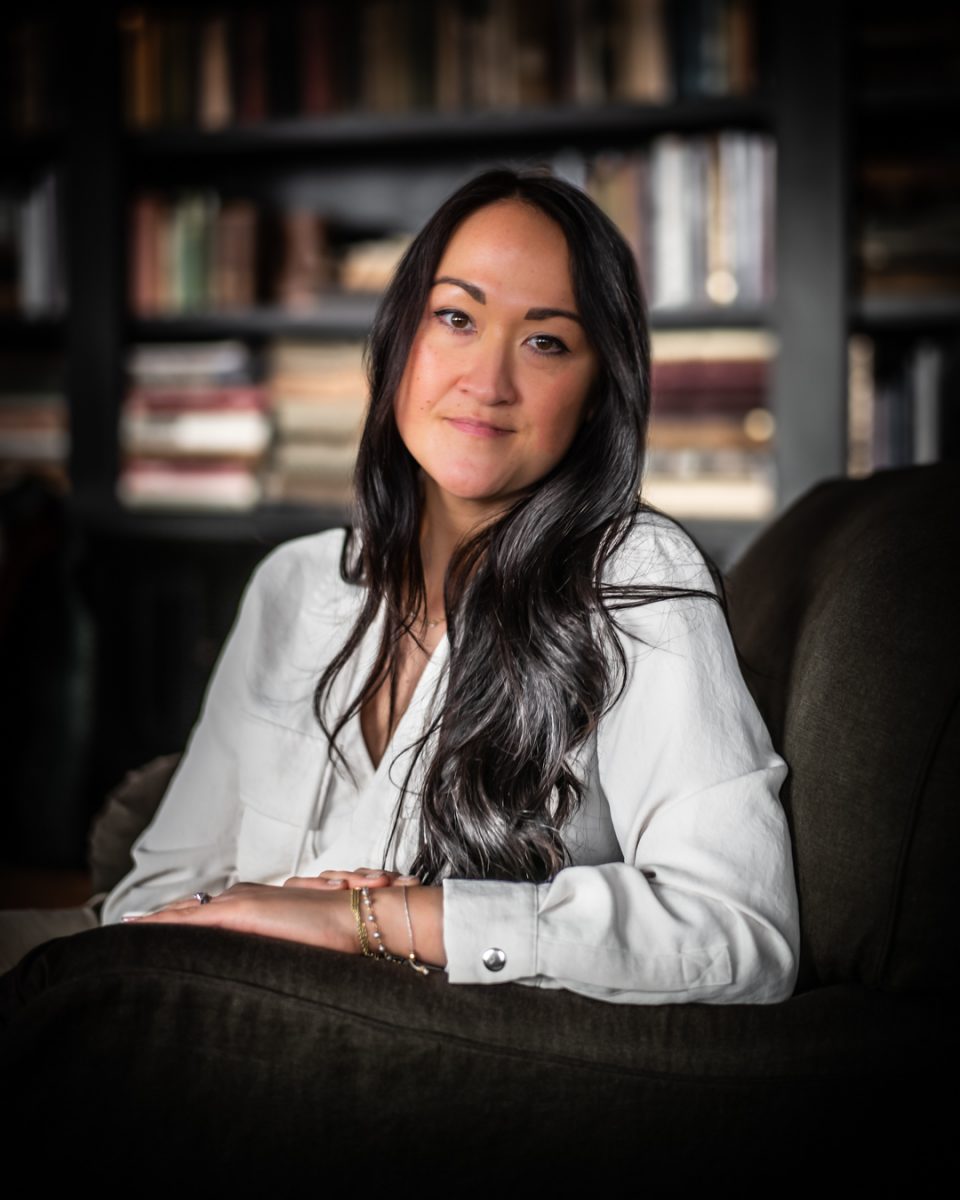Westley Richards is a Birmingham firm through-and through. For two hundred years we have built guns here, sold guns here, and trained local 'Brummies' here to create the worlds finest sporting guns and rifles.
From what was once 'The Workshop of the World' we continue our unbroken line of excellence and un-interrupted production, while legions of others succumbed to the tribulations of the fall of empire, two world wars, foreign competition and economic decline. We have only ever operated from Birmingham (not including our old London shop in Bond Street).
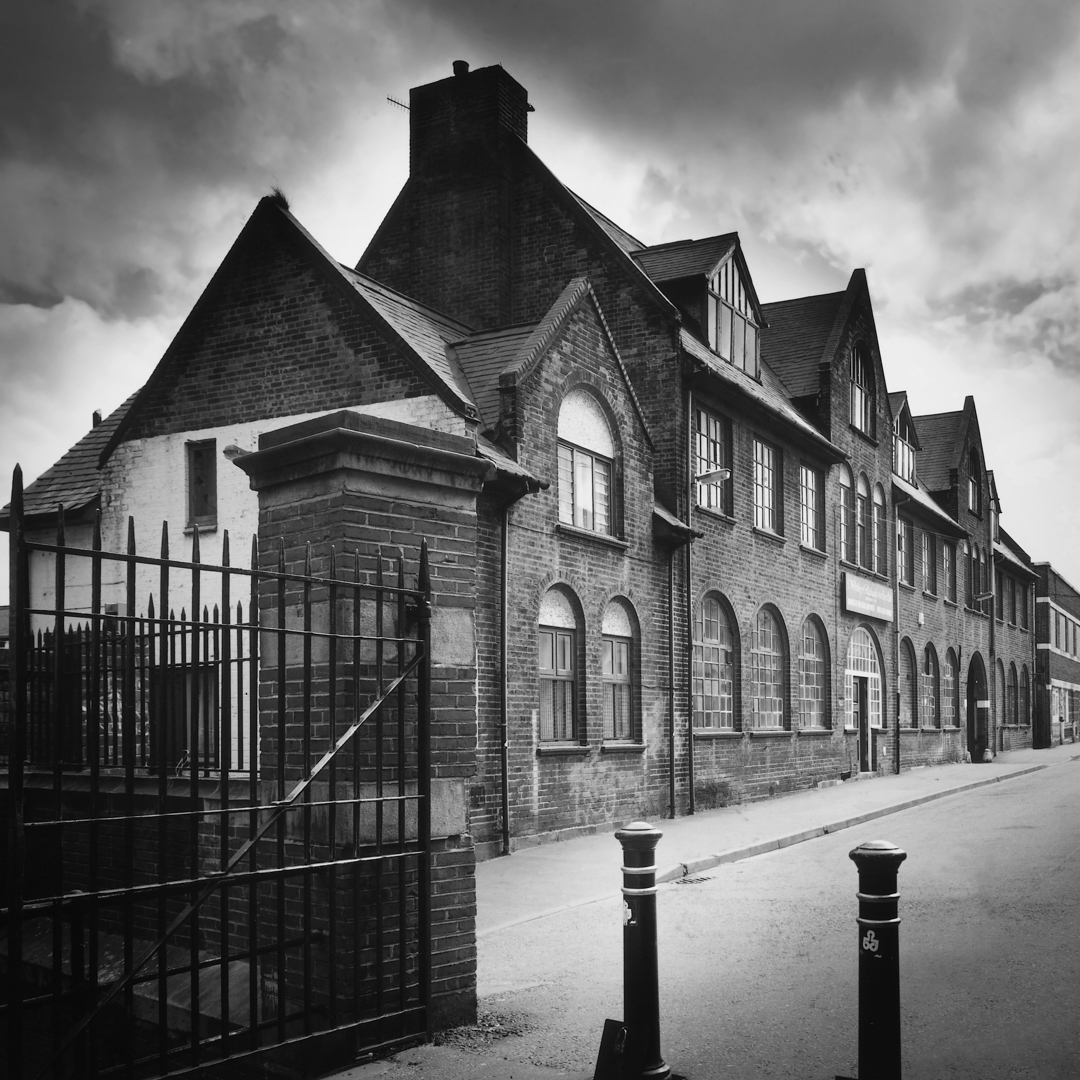 The Grange Road factory in Bournbrook, completed in 1894 and occupied until its demolition in 2009
The Grange Road factory in Bournbrook, completed in 1894 and occupied until its demolition in 2009We settled in a new factory in Bournbrook during Queen Victoria's reign and stayed there from 1894 until 2008, since then our home has been 130 Pritchett Street, a hundred yards from the last remaining parts of the old Gun Quarter, around Price Street. The current factory and showroom was not built for gun-making but has a history steeped in Birmingham industrial development, stemming from a time when the city was growing rapidly and expanding into green-field sites on the outskirts of what was then inhabited.
The history of Pritchett Street can be traced back to the 1820s. Before that, it was farmland. The street name derives from the landowner of the time; 'John Pritchit' (spelt this way in the records), who was a Birmingham timber merchant. By 1795, though not yet built, 'Pritchit Street' had been planned and there were leases and mortgages drawn, pertaining to construction, between John Pritchit and a builder named Thomas Keeling.
The layout is clear in the 1810 map of Birmingham. Like many cities, Birmingham was not always planned-out in the early days of expansion to be what it turned into. The Pritchett Street area was the site of significant of growth in the early 1800s, as Birmingham expanded and prospered but the actual plot for 130 was not used for a large factory at the time. It was on the very outskirts of the city; being the penultimate street before the topography reverted to open countryside. The original buildings of Pritchett Street and New Town Row may have had front gardens, which extended into what is now No. 130. However, they were re-developed between 1828 and 1887, providing street frontages. This is the period during which the first factory was built.
We see this change of use mirrored in the Gun Quarter, where many houses were converted or added to, often with additional workshops in the back yards, where artisan gunmakers would fashion lock-springs or file trigger-plates, carry out blacking or case hardening or one of scores of other small, specialised jobs the trade required. We see these changes reflected in addresses from the time - '253 (c) Steelhouse Lane' or 'Back of 45 Price Street' etc.
The oldest part of our own site was built as 129 Pritchett Street for a lamp-burner manufacturer, named Arthur Bellamy & Co. It is likely that the building now extant, along with a wing and outer buildings, was constructed in 1889 and Bellamy remained in business here until 1950, after which date the premises lost its listing in the street directory. The 1950s began a period of decline that lasted for half a century. Today, only the street-facing part of the original series of 129 Pritchett Street buildings remains; the wing and former courtyard range all now demolished.
 Workmen at E.C. Bellamy & Co., lamp-makers, of No. 129 Pritchett Street, Aston, c.1900
Workmen at E.C. Bellamy & Co., lamp-makers, of No. 129 Pritchett Street, Aston, c.1900The current Westley Richards factory, being on a corner, faces two streets, Pritchett Street (the original Bellamy factory) and New Town Row.
The main building, facing New Town Row, (now a busy dual carriageway) was built in 1906 for John Chatterley & Sons Ltd.: a silversmith and electro-plate manufacturer, established in 1847. It was clearly a successful concern, as, in addition to having the means to build a new Birmingham factory, Chatterley had a London showroom in Hatton Garden.
Among the wares made and sold were 'japanned iron tea trays, tables, liquor stands, photographic matts and preservers', according to the Birmingham Trade Directory. In this regard, the Chatterley business reflected that of Westley Richards, with manufacturing in Birmingham and a smart London show-room selling products to their wealthy retail customers in the places they liked to shop.
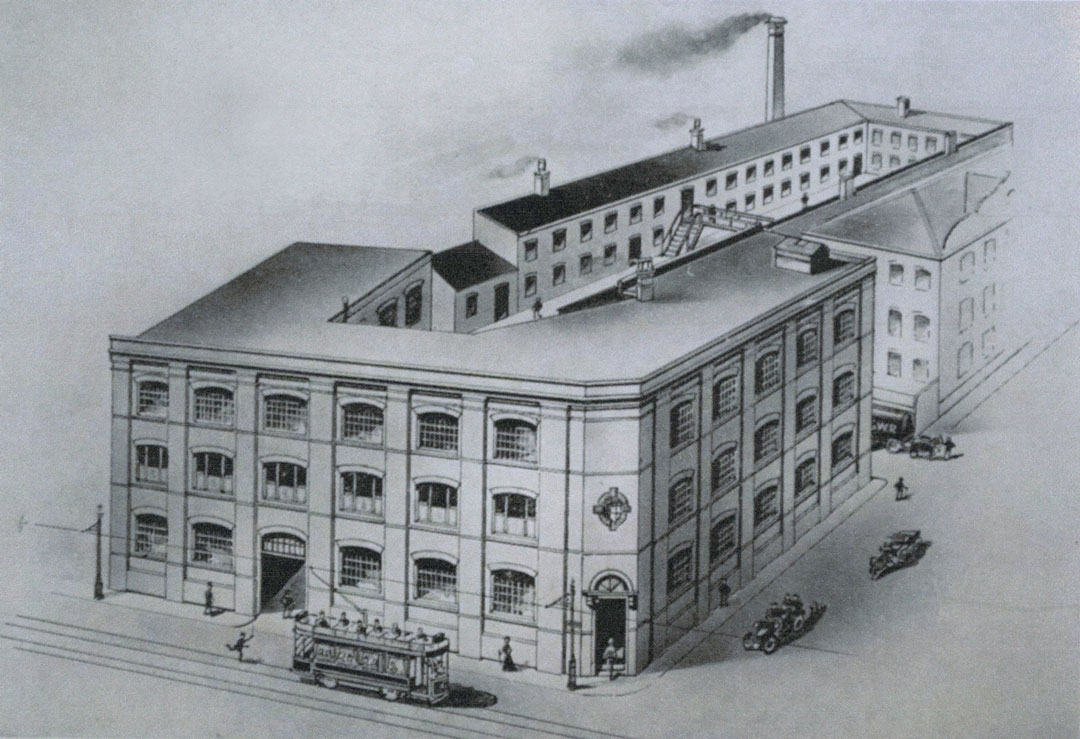
The current site, is, therefore, an amalgamation of two factories; the early Victorian factory, facing Pritchett Street and the 1906 building, then known as 111-119 New Town Row. This was designed by local architect Marcus Oswald Type.
Chatterley's 1922 trade catalogue provides a detailed bird's-eye perspective of the site as it then was, with entrances for carriages facing both streets and a corner front entrance. The carriageway between the two buildings has since been re-modelled to become the Entrance Hall, with the old street-facing gates blocked, so that entry today is only from the courtyard (now car park) via the Pritchett Street gateway.
Chatterley's prospered for over a century and an example of the firm's wares, now owned by Westley Richards, is a port decanter label in silver, with 1930 Birmingham hallmarks. This would have been produced at 130 Pritchett Street shortly before Chatterley left the premises, in 1935, and it was taken over by Lloyd James & Co. Ltd, a 'perambulator manufacturer'. This company remained on site until 1949. The coming decades would be a time of managed decline for the city and the buildings.
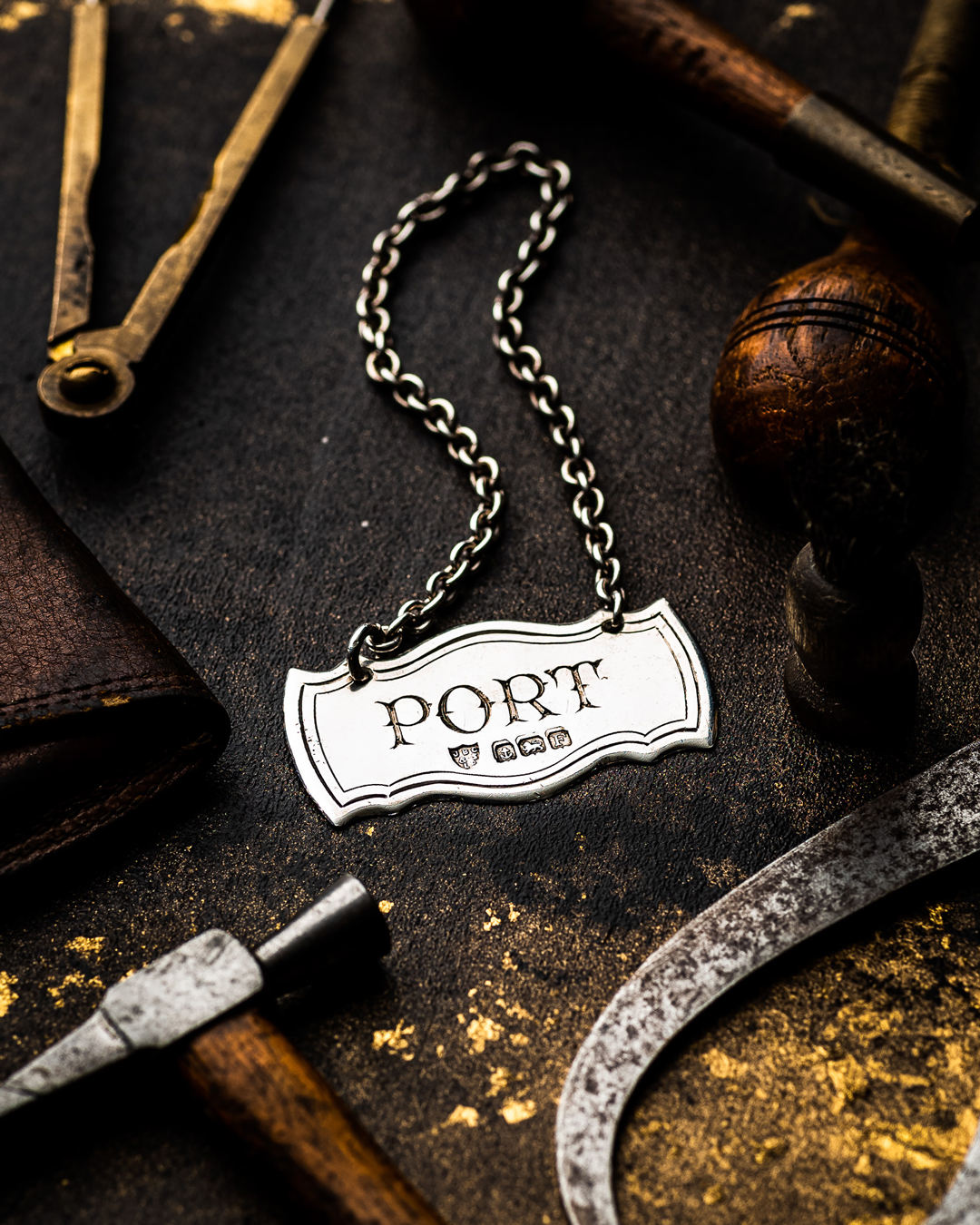
In 1970, 111-119 New Town Row was occupied by Ferodo (Brake Lining Manufacturers) but by 1972 the premises was no longer listed in the Birmingham Street Directory. Times were hard and industry all over Britain was suffering.
By 1988 the site was a sorry one to behold, like much of the Midlands and other industrial heartlands of Britain, these once-proud streets that had been the beating heart of the Workshop of the World had succumbed to a malaise that had blighted the country ever since the end of the Second World War. Industrial production had shifted abroad, the Empire was gone, Britain's role on world politics and trade was much diminished and the decaying inner-city factories were crumbling wrecks, seemingly as unwanted and unrecoverable as our mines, steel works and shipyards.
Thatcher's Yuppie Boom' of the 1980s boosted London but left anything north of Watford behind. 1990s property inflation, which started in London and the South East had little effect in Birmingham and post-industrial cities like it. The decision to embark on an expensive and extensive regeneration project in 2008 was a brave one and proved Westley Richards' belief in the future and confidence in the product.
The demolition of the outer buildings, facing Newtown Middleway, exposed the façade of the 1906 building, presenting a show front on two sides, something that had never before been the case. A new curtilage wall shields the car park from street noise and encloses the complex, also enclosing a state-of-the art, 50-metre rifle range for testing and regulating.
Inside, the large street-facing windows now provide the light and air required for bench-work and other parts of the building are neatly sectioned into workshops, storage facilities and offices. The central showroom is where customers can see and try the entire range of our products, in a stylish, post-industrial space, beautifully appointed to create a perfect, relaxed environment for shopping, or discussing your next bespoke order.
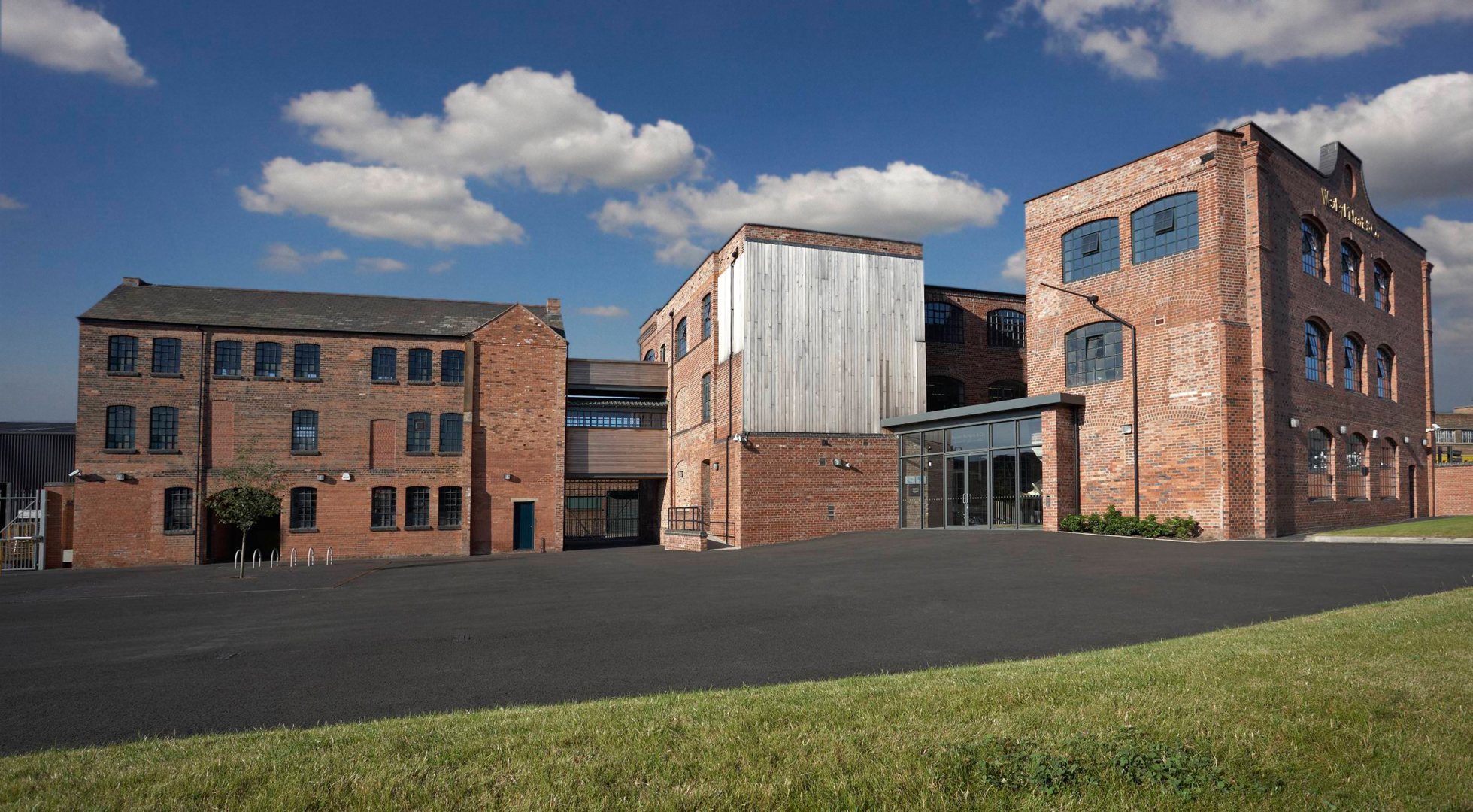 The original factories, converted to Westley Richards' new base in 2008 by architect Edward Nash. The oldest part of the building (1889) is on the left, with the 1906 building on the right. The buildings that once enclosed the courtyard (and stood where the camera is) have been demolished. This grassed area now tops the under-ground rifle range.
The original factories, converted to Westley Richards' new base in 2008 by architect Edward Nash. The oldest part of the building (1889) is on the left, with the 1906 building on the right. The buildings that once enclosed the courtyard (and stood where the camera is) have been demolished. This grassed area now tops the under-ground rifle range.The Explora Blog is the world’s premier online journal for field sports enthusiasts, outdoor adventurers, conservationists and admirers of bespoke gunmaking, fine leather goods and timeless safari clothes. Each month Westley Richards publishes up to 8 blog posts on a range of topics with an avid readership totalling 500,000+ page views per year.
Blog post topics include: Finished custom rifles and bespoke guns leaving the Westley Richards factory; examples of heritage firearms with unique designs and celebrated owners like James Sutherland and Frederick Courtenay Selous; the latest from the company pre-owned guns and rifles collection; interviews with the makers from the gun and leather factory; new season safari wear and country clothing; recent additions to our luxury travel bags and sporting leather goodsrange; time well spent out in the field; latest news in the sporting world; and key international conservation stories.












